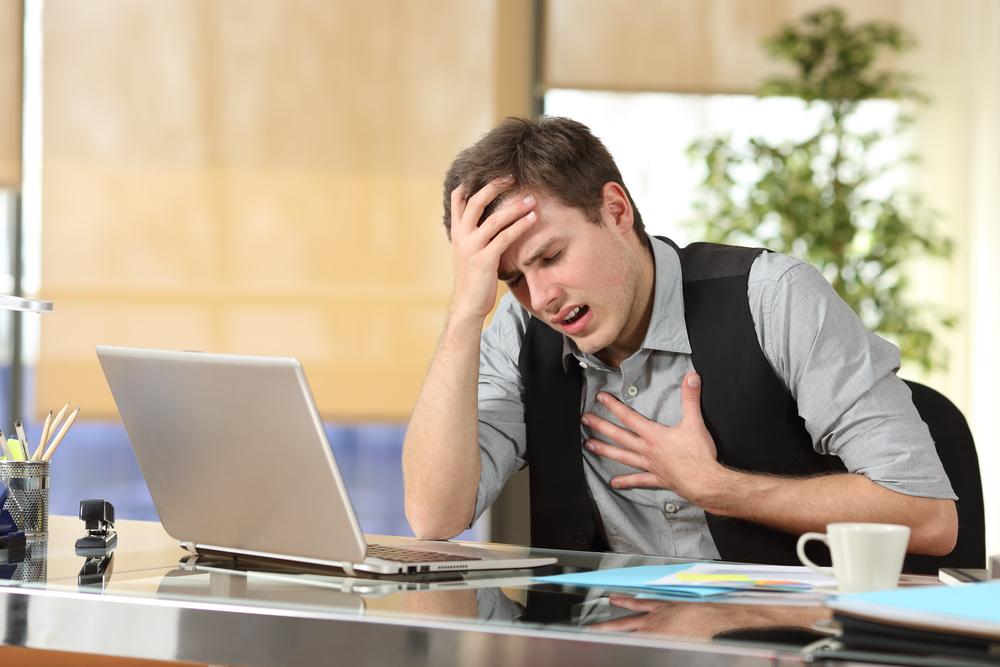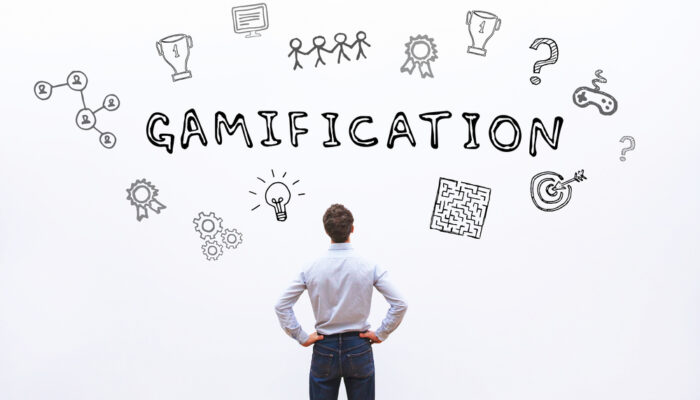
Anxiety – learn about its types, symptoms, and treatments
Anxiety – learn about its types, symptoms, and treatments
Approximately 40% of adolescents have felt anxiety at some point in time in their lives for some specific or general reasons. For instance, an individual may face anxiety when having to make a vital decision, be it at the workplace or in the house.
Do you know what anxiety is?
Anxiety can be defined as an unpleasant state of nervousness about future occurrences with an uncertain result. In other words, anxiety is a mental health problem. Anxiety during traumatic situations can have an effect on both your emotional as well as physical health.
Ten common types of anxieties
Anxiety is an emotion. Every individual experience surges of anxiety from time to time. Feeling anxious sporadically is a normal emotion to strain. There is nothing wrong with experiencing an emotion such as anxiety, as long as it does not interfere with your daily household activities. Generally, adolescents experience anxiety regarding more than just one issue. Some common types of anxieties present in people are shown in the list below.
- Health anxiety or hypochondria
- Test anxiety
- Job interview anxiety
- Financial anxiety
- Relationship anxiety
- Public speaking anxiety
- Sexual performance anxiety
- Anxiety during pregnancy
- Separation anxiety
- Retirement anxiety
Which one of these types of anxiety are you experiencing? If you have been diagnosed as having more than one uncomfortable emotional as well as physical symptom of anxiety as mentioned below, you should then immediately consult your local physician or your counselor.
Emotional and Physical Anxiety Symptoms
Both emotional as well as physical anxiety symptoms appear in numerous environments. The reasons for the real causes of the mentioned anxiety symptoms are still unknown.
Emotional Symptoms
- A feeling of expectation of the worst and being vigilant for signs of peril.
- Nausea or a feeling of sickness with a tendency to vomit and faint.
- A feeling of restlessness or of irritability.
Physical Symptoms
- Sleep deprivation or the lack of sleep, i.e., insomnia.
- Tachycardia. It is a medical term for a fast heartbeat or heart palpitations.
- Perspiring heavily.
- Abdominal pain.
- Pain in the chest that may lead to angina or a heart attack if the anxiety level is excessively intense.
- A severe headache.
- Xerostomia or dry mouth due to lack of saliva.
- Difficulty in speaking and concentrating on work.
- Shakiness.
- Muscle tension.
- Numbness in the feet.
Non-medication treatment is absolutely necessary
Your anxiety should be treated immediately via cognitive behavioral therapy (CBT); especially if it has persisted after having gone through a traumatic situation. Undergoing CBT is good enough for dealing with anxiety. With another non-medication treatment type, i.e., counseling which focuses attention on expertise in problem-solving, you can control your anxiety and make life more satisfying. As much as possible, avoid having any non-depressant drugs (such as Sertraline, Diazepam, Escitalopram, and Buspirone) as these may have toxic side effects.




